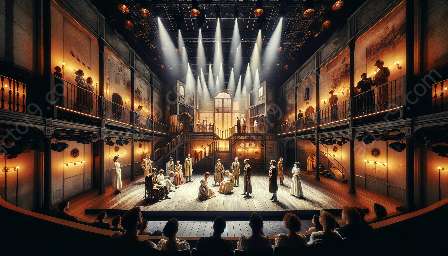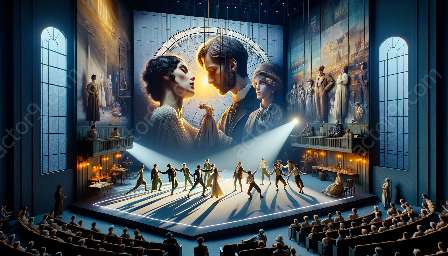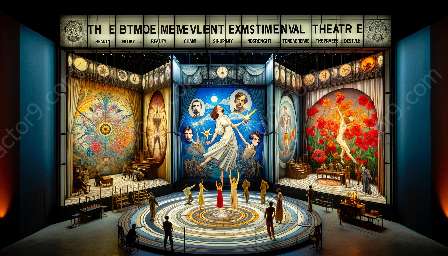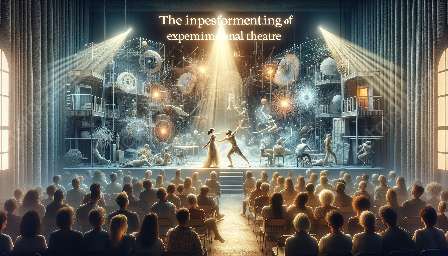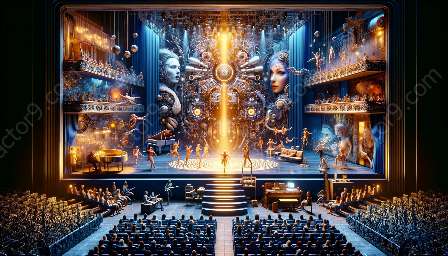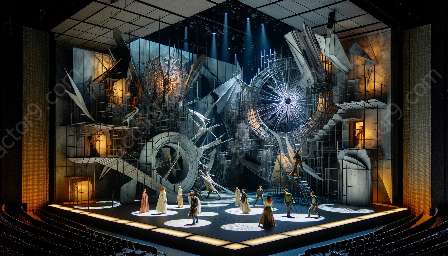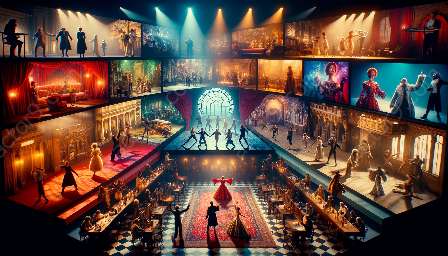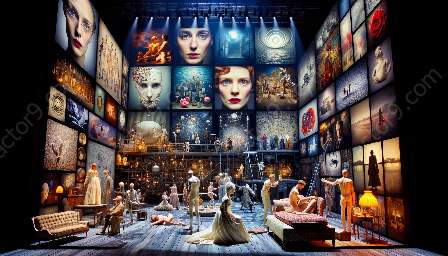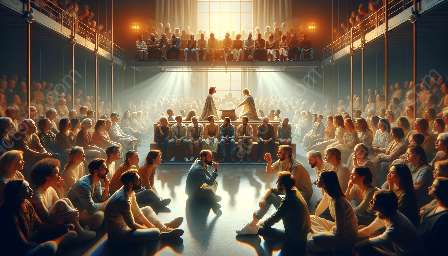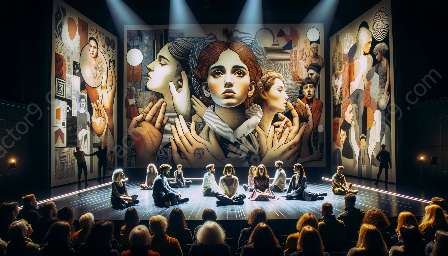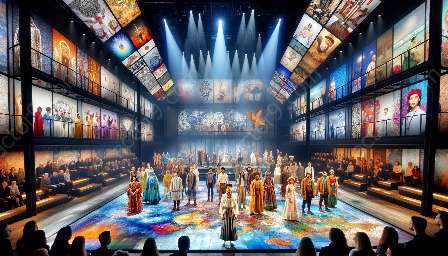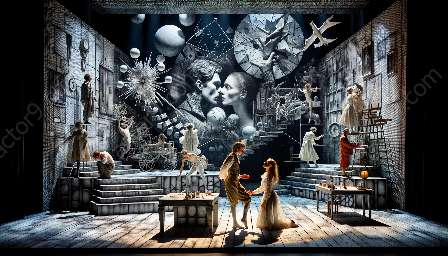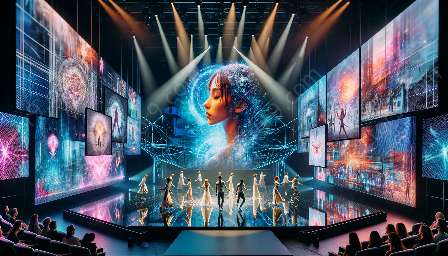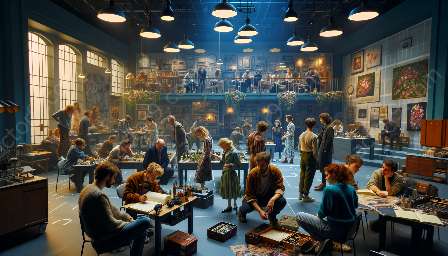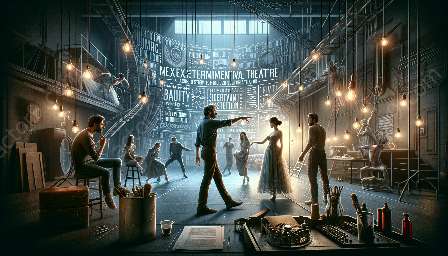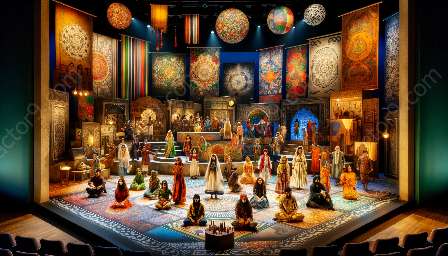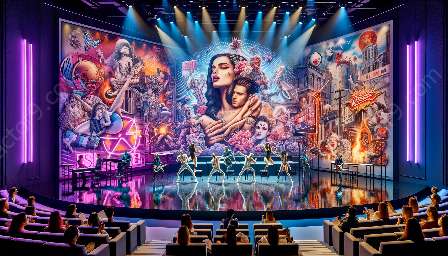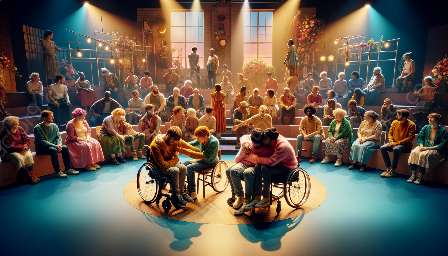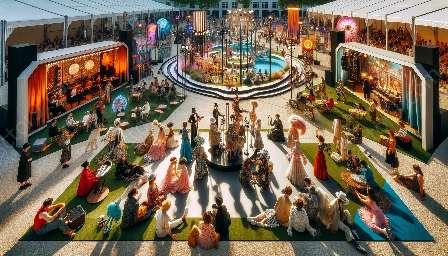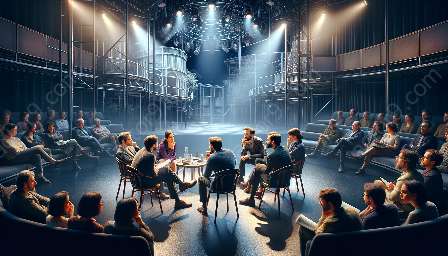Experimental theatre has always sought to push the boundaries of traditional performance art, embracing unconventional approaches to storytelling, staging, and audience engagement. One of the key elements that has significantly influenced and enriched experimental theatre is the incorporation of popular music. This topic cluster will delve into the significant role of popular music in experimental theatre and explore its compatibility with pop culture.
Understanding Experimental Theatre
Before delving into the role of popular music, it is crucial to have a clear understanding of experimental theatre. Experimental theatre is characterized by its innovative and non-traditional approach to performance. It often challenges established norms and conventions in terms of narrative structure, staging, and audience interaction. This form of theatre encourages artists to explore new ways of storytelling and to engage with audiences on a deeper, more visceral level.
Impact of Pop Culture on Experimental Theatre
Pop culture has long been intertwined with experimental theatre, influencing its themes, narratives, and aesthetic sensibilities. The infusion of popular music into experimental theatre serves as a testament to this symbiotic relationship. The accessibility and widespread appeal of popular music make it an ideal medium for experimental theatre to connect with audiences from diverse backgrounds and age groups.
Enhancing Theatrical Experience with Music
Music has the power to evoke emotions, set the mood, and create a sense of immersion for the audience. In experimental theatre, popular music is strategically used to enhance the overall theatrical experience. It can effectively complement the narrative, amplify the emotional impact of a scene, or even serve as a standalone storytelling device. The dynamic synergy between popular music and experimental theatre amplifies the sensory and emotional engagement of the audience, elevating the theatrical experience to new heights.
Exploring Auditory and Visual Aesthetics
The incorporation of popular music in experimental theatre allows for explorations of auditory and visual aesthetics. The juxtaposition of familiar musical elements with avant-garde theatrical techniques can create a unique sensory experience for the audience. This convergence of auditory and visual stimuli expands the expressive possibilities of experimental theatre, enabling artists to craft multi-dimensional narratives that resonate with contemporary sensibilities.
Evolution of Musical Genres in Experimental Theatre
Experimental theatre has contributed to the evolution of musical genres by integrating popular music in innovative ways. From rock operas to immersive soundscapes, the utilization of popular music has facilitated the emergence of new hybrid forms of musical expression within the theatrical context. This evolution reflects the adaptability and versatility of popular music in enriching the experimental theatre landscape with diverse sonic textures and narrative dimensions.
Conclusion
In conclusion, the role of popular music in experimental theatre is pivotal in shaping the narrative and aesthetic possibilities of this dynamic art form. The compatibility of popular music with pop culture further solidifies its relevance in connecting with contemporary audiences and amplifying the impact of experimental theatre. As experimental theatre continues to evolve, the integration of popular music serves as a catalyst for innovative storytelling and sensory exploration, forging deeper connections between artists and audiences.

